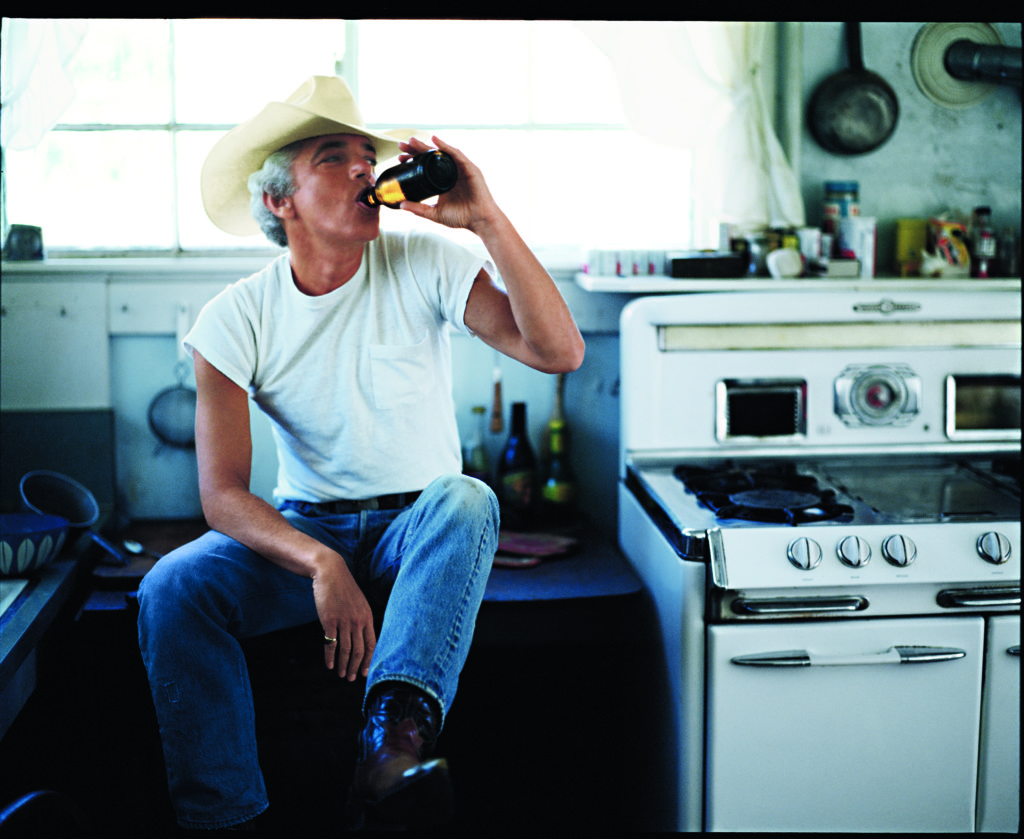
Ray Rogers: The book features everyone from actors like Matt Dillon and Sean Connery to Ralph Lauren. You styled some 30,000 images over 40 years at GQ. How did you decide what would make the cut?
Jim Moore: As overwhelming as the project was in the beginning, like a magazine, the more pictures you take out, the better the story gets. Going into it, I thought it would require at least 10 pages to tell my story of working with the iconic Richard Avedon on nearly 40 covers, but in the end, the black-and-white photo of Michael Jordan, along with the Polaroids of Dick Avedon, told the story.
RR: What do you hope to communicate in every picture you style?
JM: First and foremost, I’m an image maker, so my main mission is to make the actor, athlete, musician or model look their very best. It’s what we do at GQ. It’s at the heart of the invention of the term “Very GQ.” The idea of what I see the person in always comes first. That is the initial drive for the concept. Next comes putting the visual idea into place and starting the production—the choosing of the photographer, location, etc. For me, the visual concept always marries up to the fashion idea. They go hand in hand and help to drive the project from first clothing choice to last frame shot.
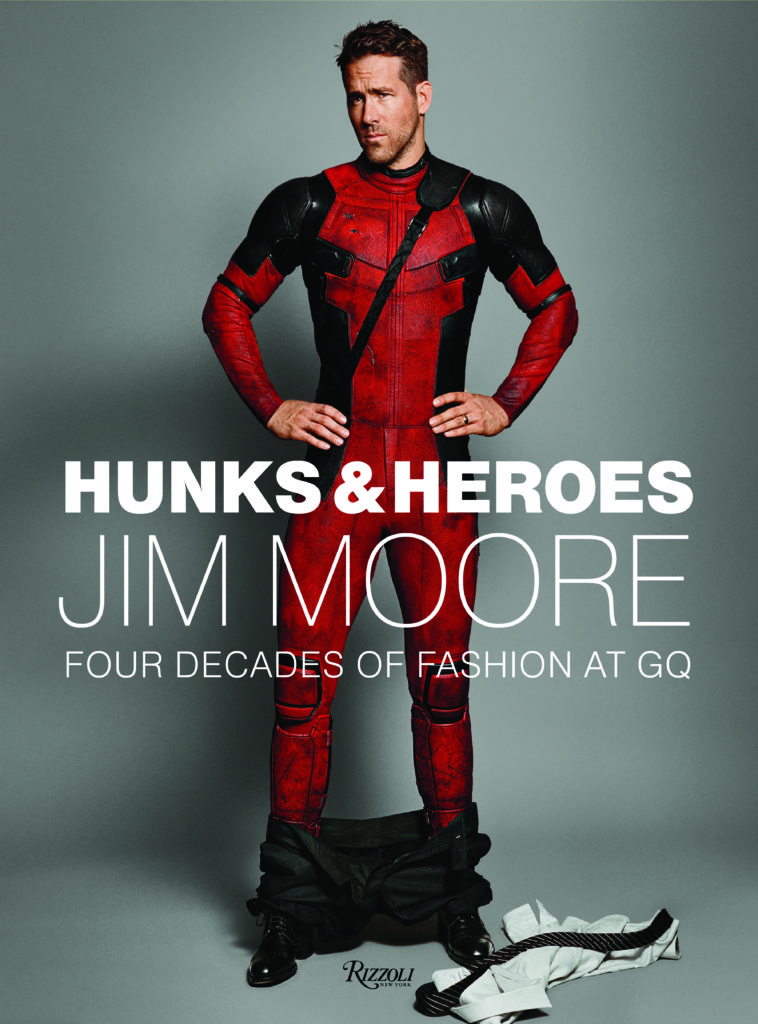
RR: What excites you about styling actors and celebs?
JM: There are always challenges you face when shooting celebrities, in a good way, and these are the building blocks to a brilliant shoot. It’s always best, unless it’s classic portraiture, to give the subject a role to play, no matter how loose or complex. I find that most actors, for example, are up for being more creative, if they have direction and a character to play. Think about it—it’s their craft, so most times they are much more comfortable playing someone else than just playing themselves. They love to have fun with their role, and push a bit. This creates exciting imagery and an image that feels fresh.
RR: Who was your dream subject?
JM: Anyone who’s up for making great images. Athletes are incredible subjects because they come with energy, stamina and a willingness to be styled-up, to look GQ. Anyone with a fearless quality is a great subject.
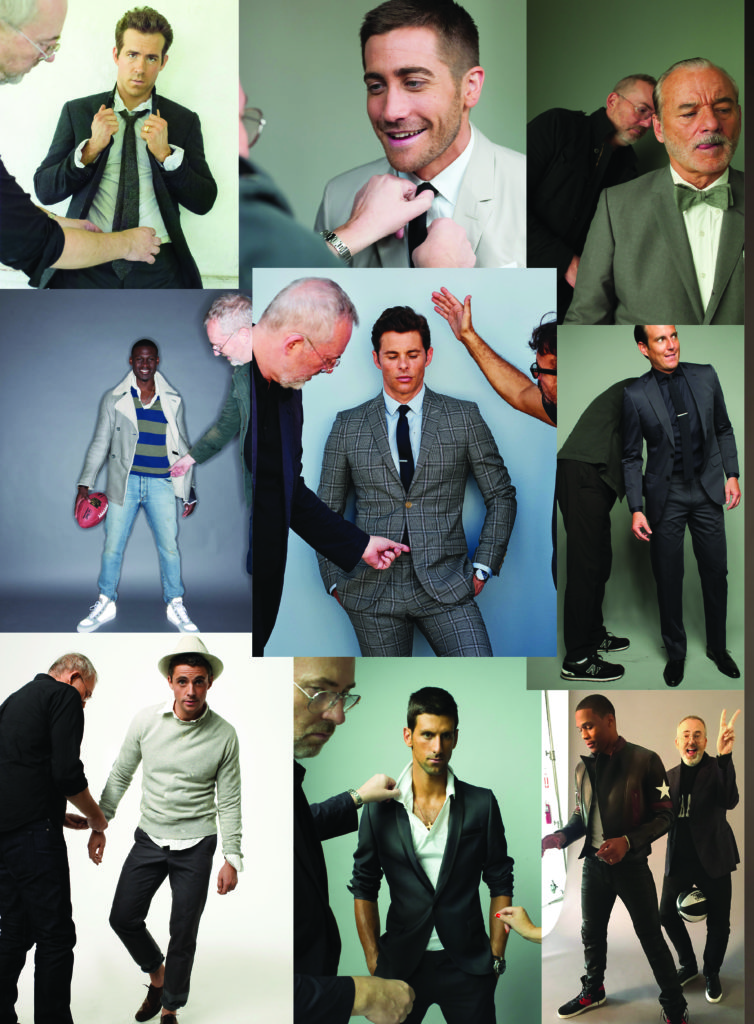
RR: The fashion ranges from sharp suiting to laid-back tees and jeans, to superhero outfits. What is the common ground?
JM: For me, it’s important that the talent wears the clothes and not the other way around. I will never be the fashion editor who just likes fashion on a celebrity. Yes, I will push the actor, athlete, musician or model to wear something a bit out of their style comfort zone, but I will know the minute I put it on them, whether it’s right or wrong. Right doesn’t mean safe, it means strong and elegant and rough and refined and above all, handsome. Sometimes I will whisper to an actor, who is wearing a three-piece suit, “Pretend that you are just wearing your favorite jeans and a T-shirt”—in other words, relax a bit and don’t try to “model” the suit.
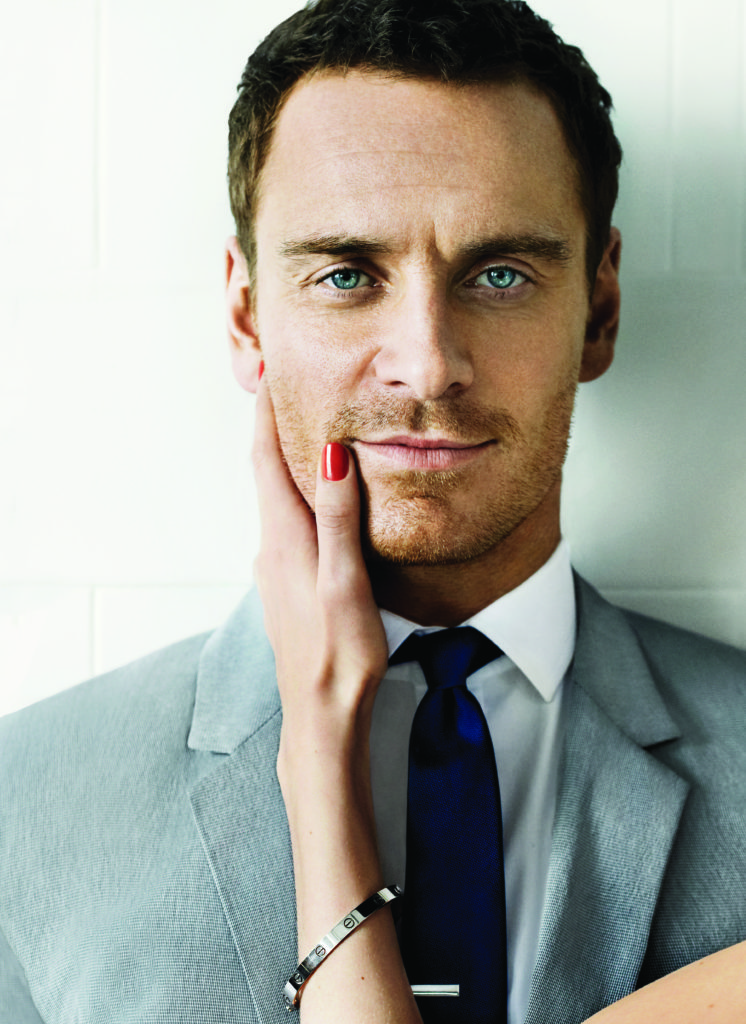
JM: Ha. In the ’90s, we used to do a small feature in the front of the magazine appropriately called “GQ Regrets.” It was a look back to some style mistakes from the ’70s (before my era at GQ, thank God!) and it was a huge success. It’s important not to take yourself too seriously. I have regrets, like the shoulder-padded suits that I styled in the ’80s, but that was also the lane of the culture of that moment. There are three images in the first part of the book that Steven Meisel shot in the ’80s and the message was he and I pushing against the excess of that era and constricted clothes that were being offered during the Reagan years. The photo of the model jumping in the khaki suit and T-shirt was considered provocative at the time—a suit without a tie was an edgy move then. I love that part of my job. Looking for the next trend or a way to push against or lean into a cultural moment.
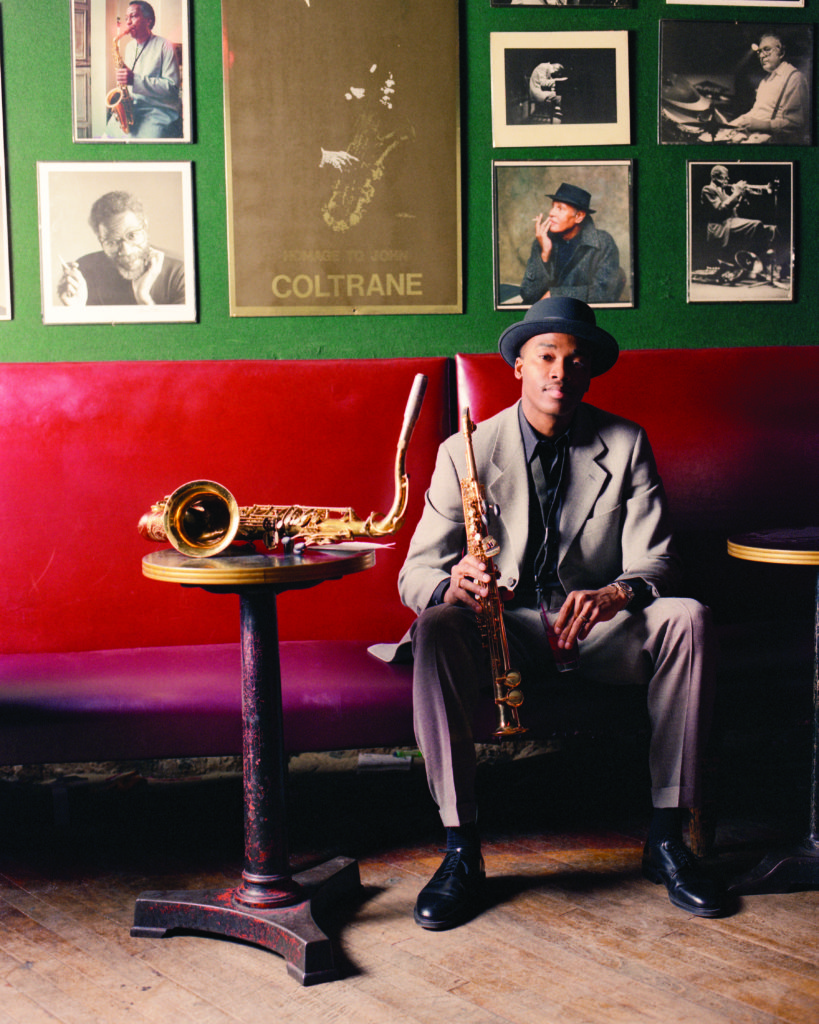
RR: Who are your personal style heroes?
JM: Mr. Ralph Lauren, Mr. Dapper Dan, Mr. Helmut Lang, and Mr. Tom Ford.
RR: How do you define great style?
JM: Anyone who takes style risks with humor and panache.
RR: Purist is dedicated to all things wellness, including how we care for ourselves and present ourselves to the world. In what ways to you are fashion and self-care linked?
JM: Dressing well is a sign of manners and self-respect.



